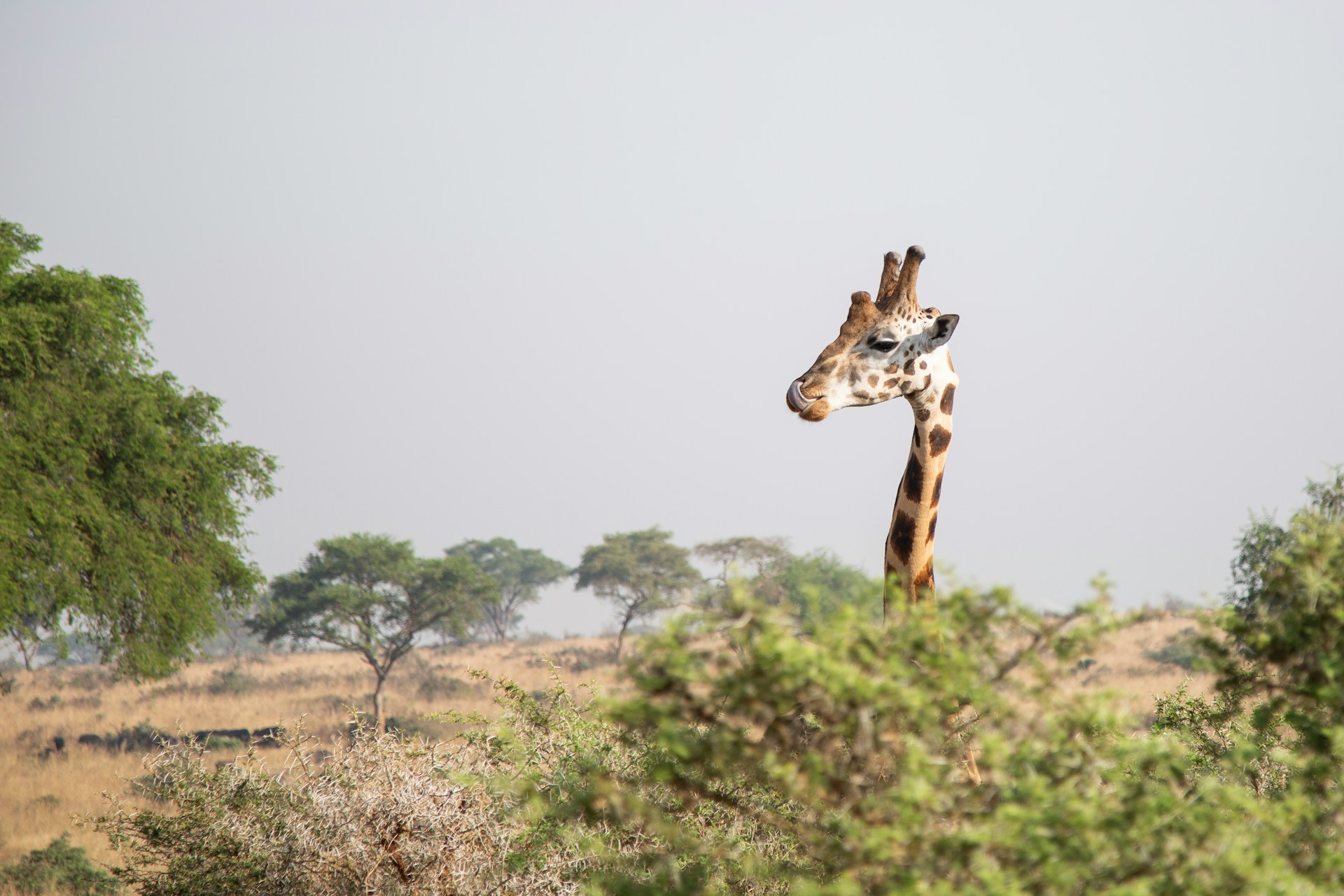 Unsplash, Sam Balye
Unsplash, Sam Balye
Uganda submits national targets aligned with the KMGBF, a first in Africa
In addition to the 23 action-oriented targets and four overarching goals of The Biodiversity Plan, COP 15 also adopted Decision 15/6 on “Mechanisms for planning, monitoring, reporting and review”. In that Decision, the Parties are requested to use a standard template (provided in Annex 1 of the Decision) to submit national targets with information on their alignment with the global goals and targets of The Biodiversity Plan.
National biodiversity target alignment is a crucial first step that the Parties to the CBD are invited to complete as part of the revision of National Biodiversity Strategies and Action Plans (NBSAPs). NBSAPs constitute key national policy documents and planning instruments to implement the CBD, its Protocols and their Strategic Plans at national level. Parties are expected to update their NBSAPs prior to COP 16 of the CBD, which will take place on 21 October- 1 November 2024 in Cali, Colombia.
In an auspicious coincidence, Uganda submitted its aligned national targets a few days before the fourth meeting of the Subsidiary Body on Implementation (SBI 4) of the CBD went underway (Nairobi, Kenya, 21-29 May 2024).
Here are three considerations that make the submission by Uganda worth celebrating:
1. Leading by example
As efforts focus on turning the historic universal agreement on The Biodiversity Plan into action, swift progress in the alignment of NBSAPs is crucial. In addition to compliance with Decision 15/6 of COP 15, this exercise demonstrates uptake at the national level and provides opportunities for effective engagement with stakeholders, including civil society, indigenous peoples and local communities, youth and women. NBSAPs must embody the whole-of-government and whole-of-society approach that is required to bring the Biodiversity Plan to fruition.
The aligned national targets that Uganda submitted six months ahead of COP 16 indicates that the enthusiasm that delivered The Biodiversity Plan in Montreal in December 2022 is alive and well.
This bodes well for the world’s ability to deliver on the promise that The Biodiversity Plan brings: living in harmony with nature by 2050. Other countries around the world will take note and follow suit.
2. Overcoming well recognized challenges
Hundreds of national experts representing the Parties to the CBD and relevant organizations have attended NBSAP regional and sub-regional dialogues, workshops organized by the Secretariat of the Convention on Biological Diversity (CBD) to support alignment exercises around the world. These encounters, where experts shared their national perspectives on the implementation of The Biodiversity Plan, have highlighted challenges in aligning with universally agreed targets while considering biophysical idiosyncrasies and national circumstances. The global target of restoring 30 per cent of degraded ecosystems by 2030 (Target 2 of The Biodiversity Plan) is a case in point. In other instances, a lack of awareness or political will hobble ambition in national target-setting. Limited financial and technical capacities are also a well-recognized challenge.
Based on the content of its submission, Uganda has demonstrated that challenges can be addressed. This is crucial as other countries embark on the same exercise with support from the GEF projects and other initiatives. The country has assessed its level of alignment with The Biodiversity Plan and in mapping indicators that measure progress in implementation.
3. Pursuing synergies with other MEAs
When a country embarks on the alignment of national targets with The Biodiversity Plan, the exercise offers copious opportunities for active synergy-building in the implementation of obligations under the mosaic of Multilateral Environmental Agreements (MEAs) that constitute the backbone of the global endeavor for a healthy environment that underpins sustainable development.
As described in the document that Uganda submitted, national target 3.2 addresses linkages between biodiversity and climate change, setting an example for other countries in the process of preparing the NBSAPs and Nationally Determined Contributions (NDCs) under the UN Framework Convention on Climate Change. More broadly, this is the national expression of the well-established linkages between biodiversity protection and climate action.
More information:
On the Road to COP 16 in Cali: Three Priority Areas for Action